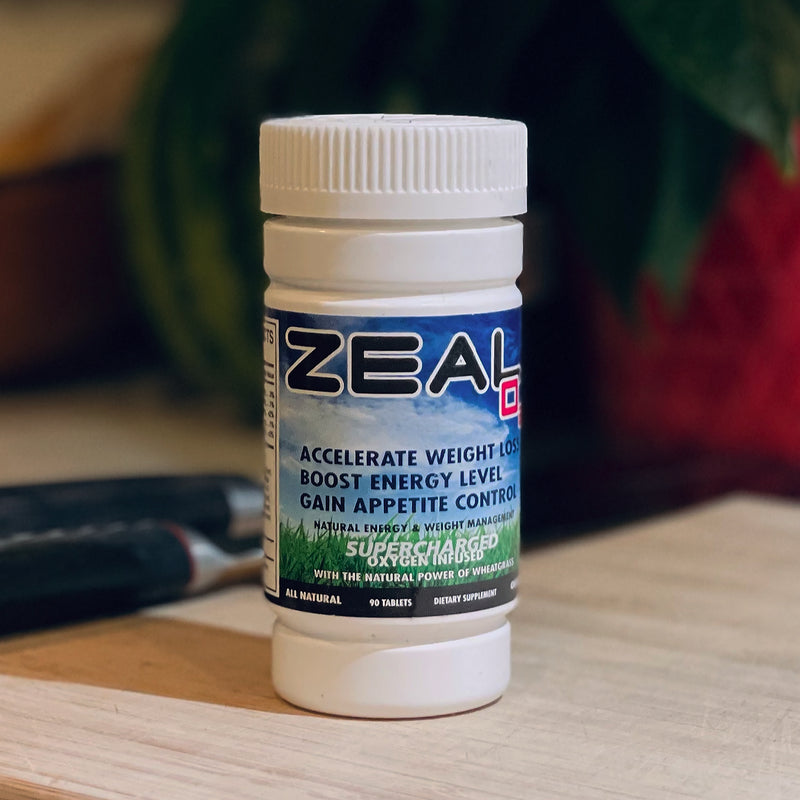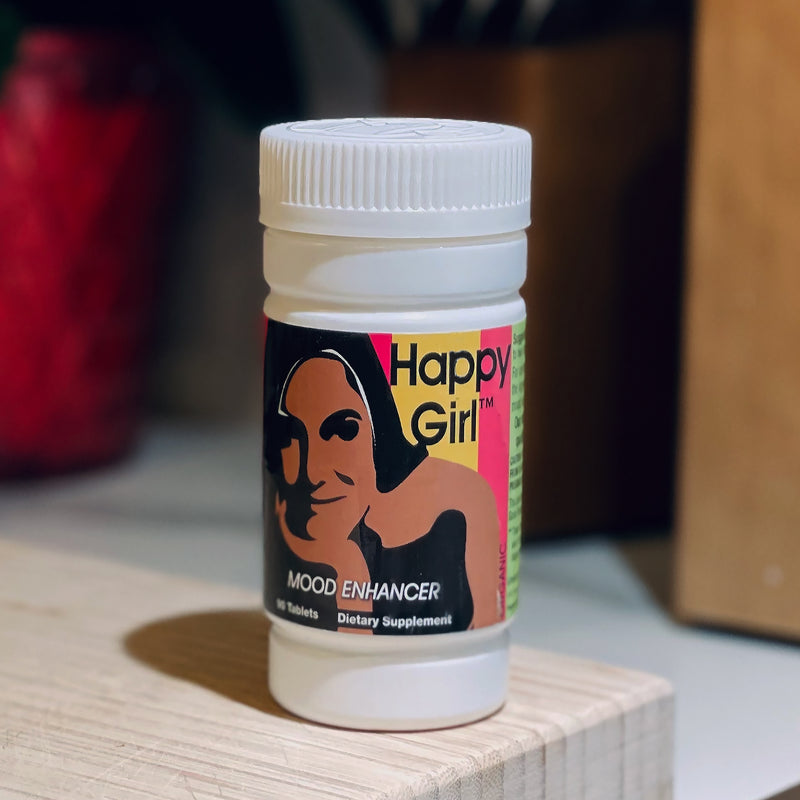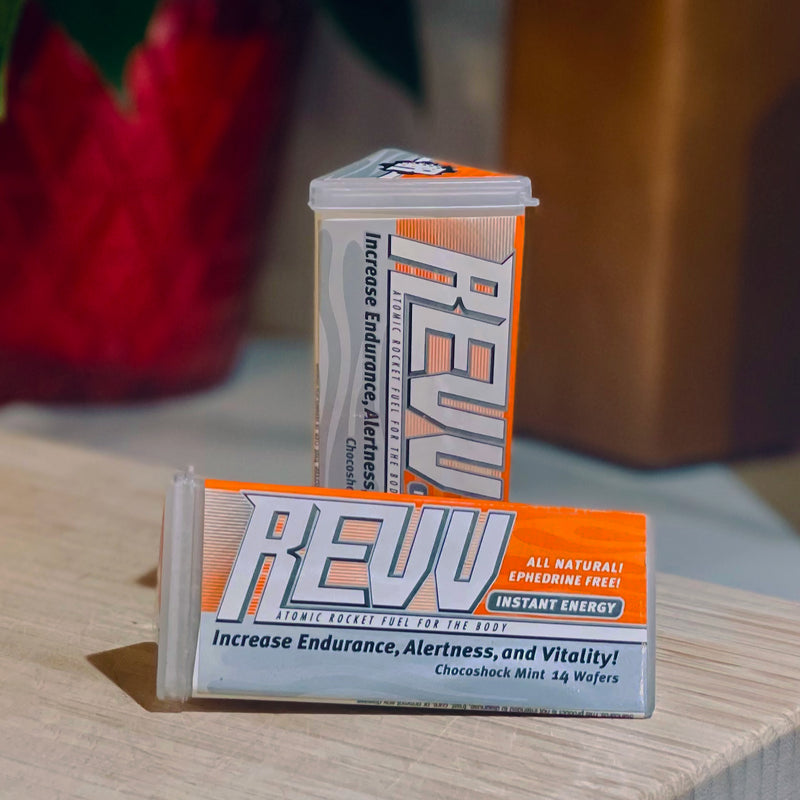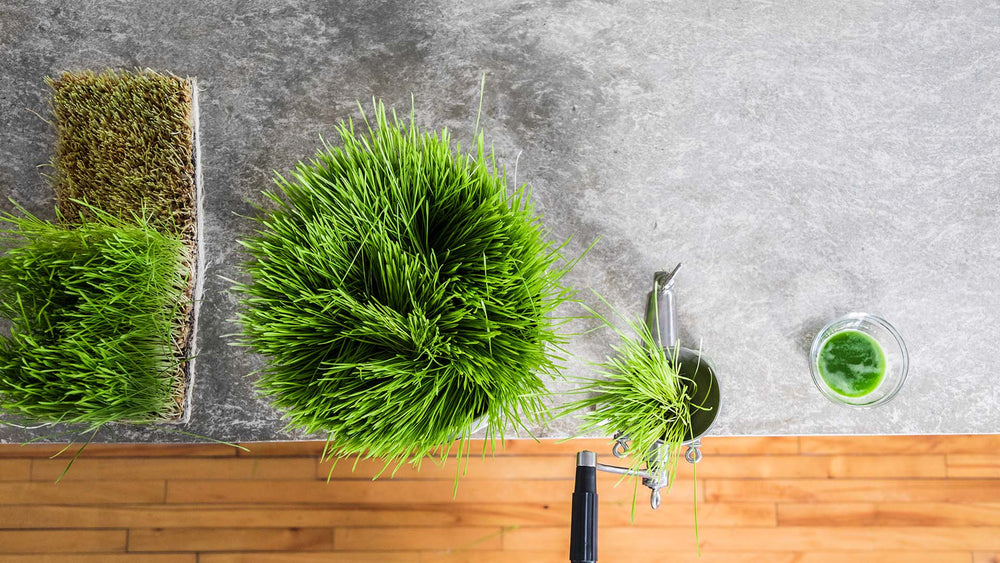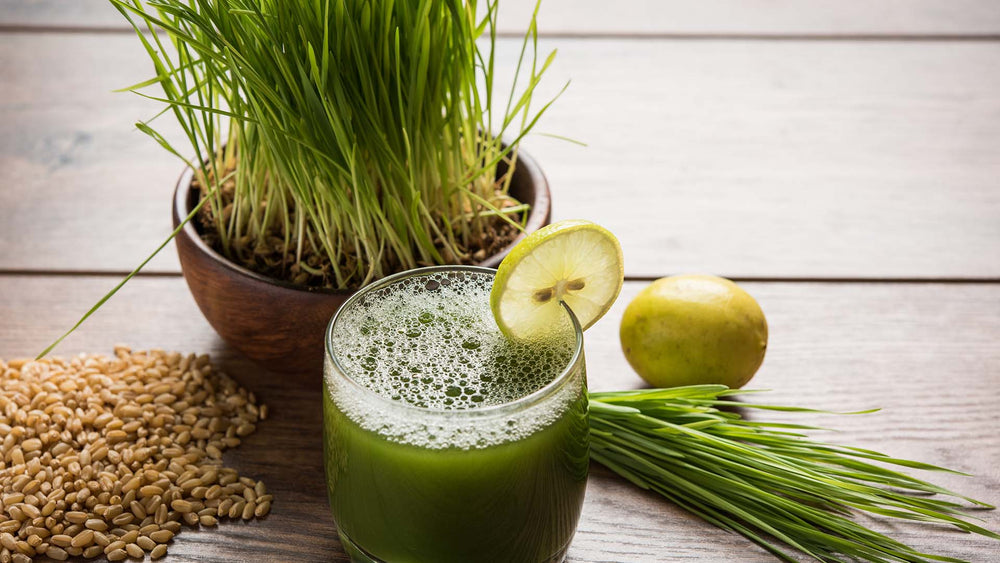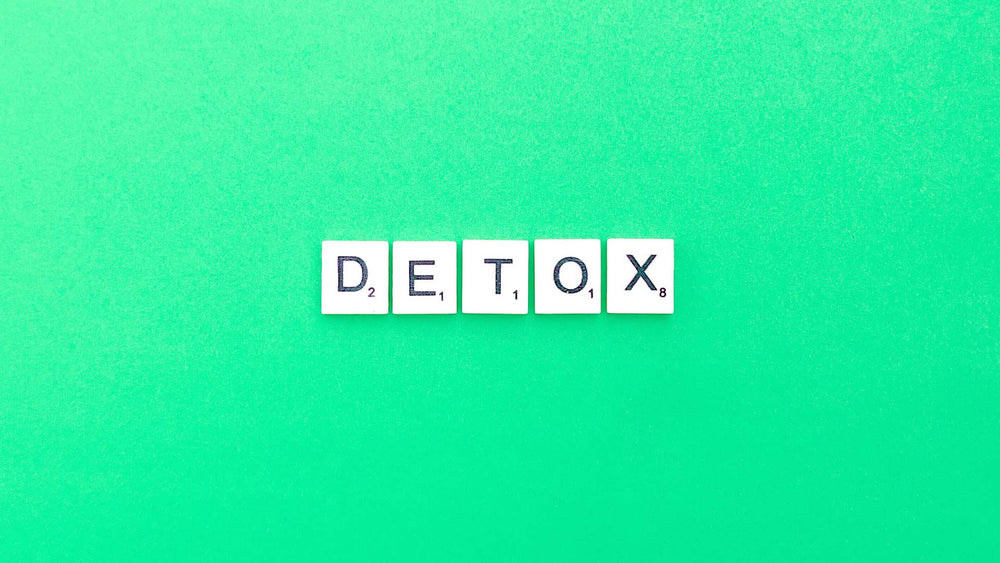Diet and exercise are the main lifestyle choices that contribute to good health, but other factors can add or subtract years from your lifespan. Your physical environment can affect your mood and even cause you to become physically sick if it's not maintained properly.
A clean, organized home will save you time and money and help you feel better. Many people spend most of their time indoors– taking care of their families or working from home. It makes sense to keep that environment as orderly as possible. You don't need to go overboard and give your house the “white glove test” for cleanliness, but making healthy changes will ensure a longer, happier life for everyone in your family.
Clutter
A study conducted at the University of New Mexico looked at how clutter in the home affects mental health. Clutter in the home can increase stress and cause more scattered thinking. You'll also waste a lot of time looking for items and untangling cords. You'll have more trouble processing information or focusing on a project when your desk is cluttered.
When researchers at Princeton looked at study subjects' behavior in cluttered vs. uncluttered environments, they found physical clutter inhibits performance and cause more stress. This can lead to depression and clinical anxiety, if left unchecked.
When dozens of physical items are vying for your attention, in your room or on your desk, it will be much harder to accomplish tasks on time.
Have a cluttered home and don't know where to start organizing it? Work on one room, bit by bit, and then move on to the next room. Here are a few tips to get you started:
- Sell or donate what you don't need.
- Re-purpose clothing, furniture and knick-knacks instead of buying more items to clutter your home.
- Throw out one item (shirt, dish, handbag,etc.) every time you buy a new one. This helps you save space and think carefully about what you really need before you go shopping.
- Have a friend you trust visit your home and give an honest opinion about what should stay and what should go.
It's easy to hold on to photos, kids' school projects and other items for sentimental reasons, but memorabilia can take up too much space in your house. Consider digitizing what you can and throwing out the physical items. If you're unable to part with furniture or larger items for sentimental reasons, rent a storage space. It will cost you $50 or more a month, but will clear your house - and your head.
Asthma
In the United States, 18.4 million adults and 6.2 million children under 18 suffer from asthma. Your home environment can help control the symptoms or make them much worse. Indoor asthma triggers include dust mites, smoking, pets, mold and household dust.
Use a home air purifier to remove dust and allergens from the air in your home.
Wash pillowcases and sheets regularly in hot water to keep dust mites away. Replace pillows often.
Vacuum upholstered chairs and couches.
Change air conditioner and furnace filters regularly.
Use a HEPA filter on your vacuum. A mechanical filter that traps pet dander, dust mites, pollen and other harmful particles, HEPA stands for High Efficiency Particulate Arrestance. HEPA filters must be able to trap at least at least 99.97 percent of .3 microns particles. If you or another household member has asthma or allergies, a HEPA filter can eliminate many of the particles that cause reactions.
More Efficient and Chemical-Free House Cleaning
Chemical-laden cleaning supplies may get rid of dirt and grime quickly, but they can also pollute your indoor air and cause allergic reactions. Long-term exposure to chemicals and other indoor air pollutants can cause heart disease, respiratory disease and even cancer.
Homemade, non-toxic cleaning products provide a win-win solution for homeowners. They are cheaper than expensive brand-name cleaners and easier on your health.
Use a baking soda paste to clean your oven. You'll need to leave the mixture on a few hours for it to do the job, but it will get your oven just as clean as chemical cleaners.
Castile Soap
Castile soap is made from 100% plant oil. Dr. Bronner Castile Soap is the most popular brand of castile soap, and you can use it to your bathroom, kitchen and any other room in your house. It can even be used to bathe or wash hair and clothes.
Lemons and Lemon Juice
Natural lemon juice (from real lemon or a bottle) cuts through grease and smells great. Forget about expensive lemon-scented cleaners from the store – most of them are chemical cleaners with a fake lemon scent added. Instead, clean your microwave by placing a sliced lemon and water in a microwave-proof bowl and microwaving it on high for three minutes.
You can also use lemons to clean your garbage disposal and blender, or get rid of stubborn stains on a butcher block counter.
Vinegar
Use acidic vinegar to clean any room of your house. Clean your fridge with a 50/50 mix of water and vinegar. Spray cutting boards with vinegar and rinse with water, or coat stained plastic containers with vinegar and let them stay for awhile, then wash as usual.
In the bathroom, vinegar cuts through bacteria in the bathtub, sink, floor and toilet. Wipe down your shower doors with a damp cloth and diluted vinegar. Put a plastic bag filled with vinegar over a clogged showerhead overnight to eliminate debris.
Baking Soda
Save money and keep your home clean by using baking soda, either alone or with other natural cleaning ingredients. Here are some ways you can use baking soda for household cleaning.
- Remove coffee and tea stains from cups naturally using a sponge and a baking soda paste.
- Keep kitchen and bathroom drains clean by pouring baking soda down the drain, then topping it with vinegar. After a few minutes, pour boiling water down the drain to clear it.
- Clean toothbrushes by soaking them in baking soda and warm water overnight.
- Remove pesticides and wax from fresh fruits and veggies by washing them in a bowl of cool water with two or three tablespoons of baking soda.
Smoking
Take steps to stop smoking. If you live with someone who smokes, encourage them to stop. Ask them to smoke outdoors, and have them keep ashtrays outdoors as well.
Secondhand smoke has been shown to cause lung cancer in people who don't smoke, and it can also increase the chance of strokes and heart disease. It also contains over 7,000 substances, and exposure can cause cancer in people or pets.
Cigarette smoke can travel between rooms and between apartments, so smoking outdoors or not smoking at all are the only ways to avoid possible illness from secondhand smoke.
Building Materials
If you live in an older home, or one made of cheap materials, be aware of how toxic fumes can affect your family.
Sick building syndrome (SBS) describes occurrences of health problems related to working or living in a particular building. Symptoms of SBS include coughs, chest tightness, chills and fever. People working or living in a particular building or office may all suffer from the same maladies.
Inadequate ventilation and chemical or biological contaminants may cause sick building syndrome. A walkthrough by an environmental professional is necessary to determine the cause and take steps to alleviate it.
Carbon Monoxide – Causes and Prevention
Carbon monoxide, a toxic, colorless, odorless gas, can kill you without you even noticing it's there. Causes of carbon monoxide poisoning include:
- Gas stoves
- Leaking furnaces and chimneys
- Unvented gas space heaters
- Car exhaust from attached garages
Symptoms of carbon monoxide poisoning include headaches, dizziness, nausea, fatigue and flu-like symptoms that clear up when you leave home.
Install a carbon monoxide detector in your kitchen and other parts of your home to alert you to problems. Adjust your gas stove or furnace regularly, and only use vented space heaters.
Lack of Natural Light
Ideally, your home should have several windows that let natural light into your living room, kitchen and office throughout the day. A poorly- lit area will affect your eyesight and your mood, especially if you work on a computer all day.
Researchers at Northwestern University found that working in a windowless office with artificial lightning negatively impacts sleep habits and overall health.
People who worked in windows with offices slept 46 more minutes than people in offices without natural light. Poor exposure to natural light disrupts your circadian rhythm, making it harder to fall and stay asleep. Lack of sleep can lead to depression, anxiety, obesity and diabetes.
Arrange your rooms to get the most natural light possible. Use environmentally-friendly LED lights at night or when you need additionally lighting during the day.
Take a Break to Boost Your Mood with Nature
Having more contact with nature, whether it's keeping an outdoor garden, hiking or traveling to a beachfront community. Direct sunlight will give you more Vitamin D, which boosts your serotonin levels and your mood. Getting out in the sun for ten to fifteen minutes a day (without sunscreen) will help your body produce a sufficient amount of Vitamin D without contributing to skin cancer.
If you're stuck inside all day, sit by a window with a view of the yard. Place a bird feeder on your balcony for a view of hummingbirds dining. Consider adding a skylight or small indoor greenhouse to your home or office to bring nature to you.
Purify Your Home's Air with Houseplants
Decorate your house with plants to keep the air clean. The best air-purifying plants include the Peace Lily, Bamboo Palm, Spider Plant, Dracaena, and the Garden Mum. According to NASA, the Garden Mum can remove ammonia, formaldehyde and other dangerous toxins. Invest in a few plants. They'll make your home look more inviting and help you breathe better.
Plants absorb harmful particulates from the air, and take in carbon dioxide, eventually changing it into oxygen through photosynthesis. Microorganisms in the plants' potting soil also help clean your indoor air.
Mold
Eliminate mold in your home by controlling moisture. Stop water leaks as soon as you find them. Reduce indoor humidity by venting bathrooms and dryers, increasing ventilation, and using exhaust fans when cooking.
Reduce the chance of condensation on floors, window or piping and other cold surfaces by adding insulation. Don't install carpeting in rooms with a moisture problem, like a basement with concrete flooring. Be aware that mold can grow on any substance, including wood, paper and carpet.
Other Tips to Maintain a Healthy House
- Caulk holes in kitchen walls and floors to keep out mice and other vermin.
- Replace your current sink and counter with an antimicrobial copper sink and counter.
- Always turn on your range hood fan when you cook to reduce carbon monoxide and other air pollutants.
- Keep a window open. Indoor air contains many more pollutants than outdoor air. Poorly-ventilated homes seal in chemicals, smoke and cooking fumes that exacerbate allergies.
Combine a Healthy Home Environment with a Healthy Lifestyle
Keeping your home clean and well-lit the natural way will improve your mood and make you feel healthier all-around. You'll have an easier time finding things, too!
Make sure you continue to maintain a healthy diet, exercise and reduce stress once you've organized your home. Taking supplements is important, too, even if you eat good food. Happy Girl Mood Enhancer, a wheatgrass-based supplement from Wheatgrass Love, offers you hundreds of vitamins, minerals and amino acids (courtesy of the chlorophyll in wheatgrass) and a proprietary blend of mood-enhancing herbs, including cayenne pepper and ginkgo biloba. Read testimonials from satisfied Happy Girl customers here.


